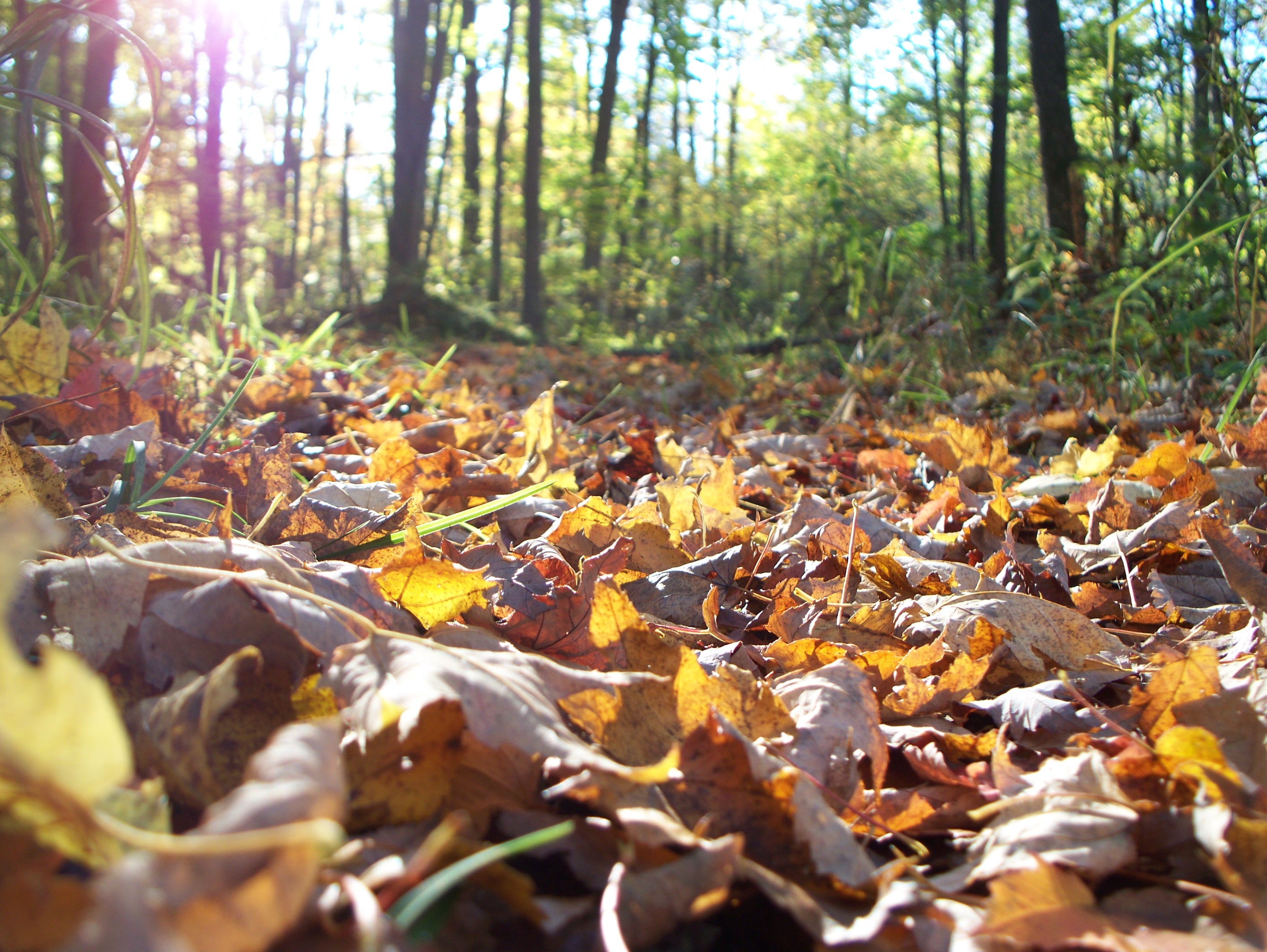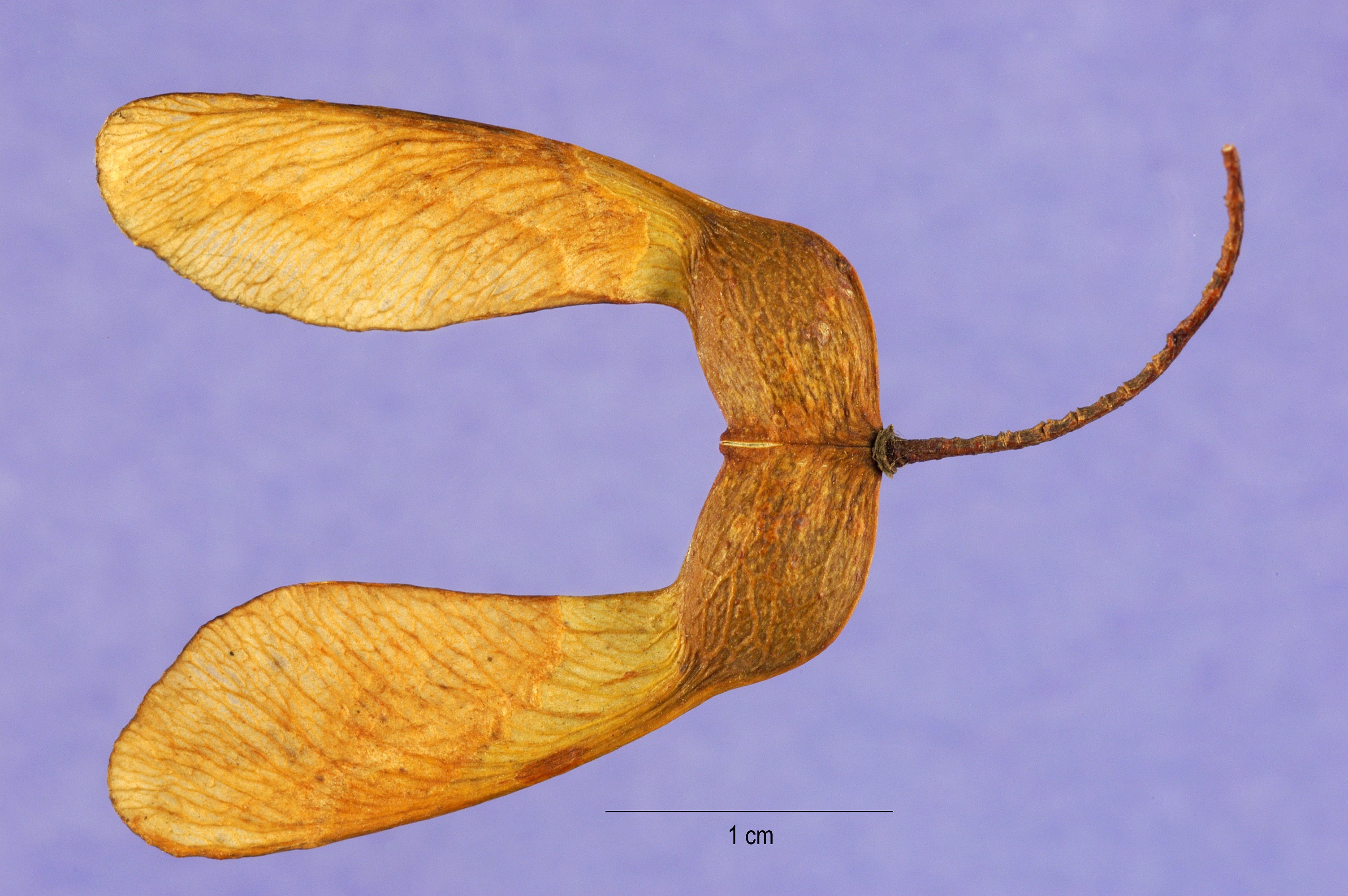Sugar Maple: Acer saccharum
The Adaptations of Acer saccharum
Rooting Adaptations
 Acer saccharum has adapted its rooting system to be
extremely efficient in obtaining nutrients and water. The roots of a
Sugar Maple tree are strong and extensively branched out. They have also
been known to develop a mutualism with fungi by forming endo- and
ectomycorrhizal associations. The fungi help the plant enhance
its water and nutrient uptake. The fungi also benefits by enhancing its
own sugar uptake. To learn about more fungal interactions Acer saccharum
has, check out the
Interactions page.
Acer saccharum has adapted its rooting system to be
extremely efficient in obtaining nutrients and water. The roots of a
Sugar Maple tree are strong and extensively branched out. They have also
been known to develop a mutualism with fungi by forming endo- and
ectomycorrhizal associations. The fungi help the plant enhance
its water and nutrient uptake. The fungi also benefits by enhancing its
own sugar uptake. To learn about more fungal interactions Acer saccharum
has, check out the
Interactions page.
Adaptations Using Leaf Litter
 Sugar
Maple trees have the ability to control the pH of the soil they grow on
through their leaf litter. This species of tree grows optimally in the
pH range of 5.5 to 7.3. They produce a high amount of leaf
litter in the fall and this leaf litter can actually aid in modifying
the pH of the soil keeping it in Acer saccharum's optimal range.
Sugar
Maple trees have the ability to control the pH of the soil they grow on
through their leaf litter. This species of tree grows optimally in the
pH range of 5.5 to 7.3. They produce a high amount of leaf
litter in the fall and this leaf litter can actually aid in modifying
the pH of the soil keeping it in Acer saccharum's optimal range.
These trees have also adapted themselves so that their leaf litter contains many nutrients that can be reabsorbed later for the tree to use again. The Sugar Maple leaves contain various amounts of calcium, potassium, phosphorus, and nitrogen, all of which are necessary for a tree to thrive. To learn more about the nutrition of Acer saccharum, check out the Nutrition page.
Seed Adaptations
 This species of tree has adapted its seeds in a way that has allowed
them to travel farther. The relatively light weight seeds possess
paper-like wings that allow them to travel over 330 feet with the help
of the wind. This has permitted Acer saccharum offspring to
inhabit areas away from the parent tree. To learn more about the
reproduction of Acer saccharum check out the
Life History page.
This species of tree has adapted its seeds in a way that has allowed
them to travel farther. The relatively light weight seeds possess
paper-like wings that allow them to travel over 330 feet with the help
of the wind. This has permitted Acer saccharum offspring to
inhabit areas away from the parent tree. To learn more about the
reproduction of Acer saccharum check out the
Life History page.
Adaptations to Competition
The Sugar Maple has adapted itself to life in conditions of high shade. This has allowed this species to live in areas among many other large tree species that may take up much of the sunlight necessary for photosynthesis. To learn more about the many interactions that Acer saccharum has with other species check out the Interactions page.
To return to the Acer saccharum Homepage click here.